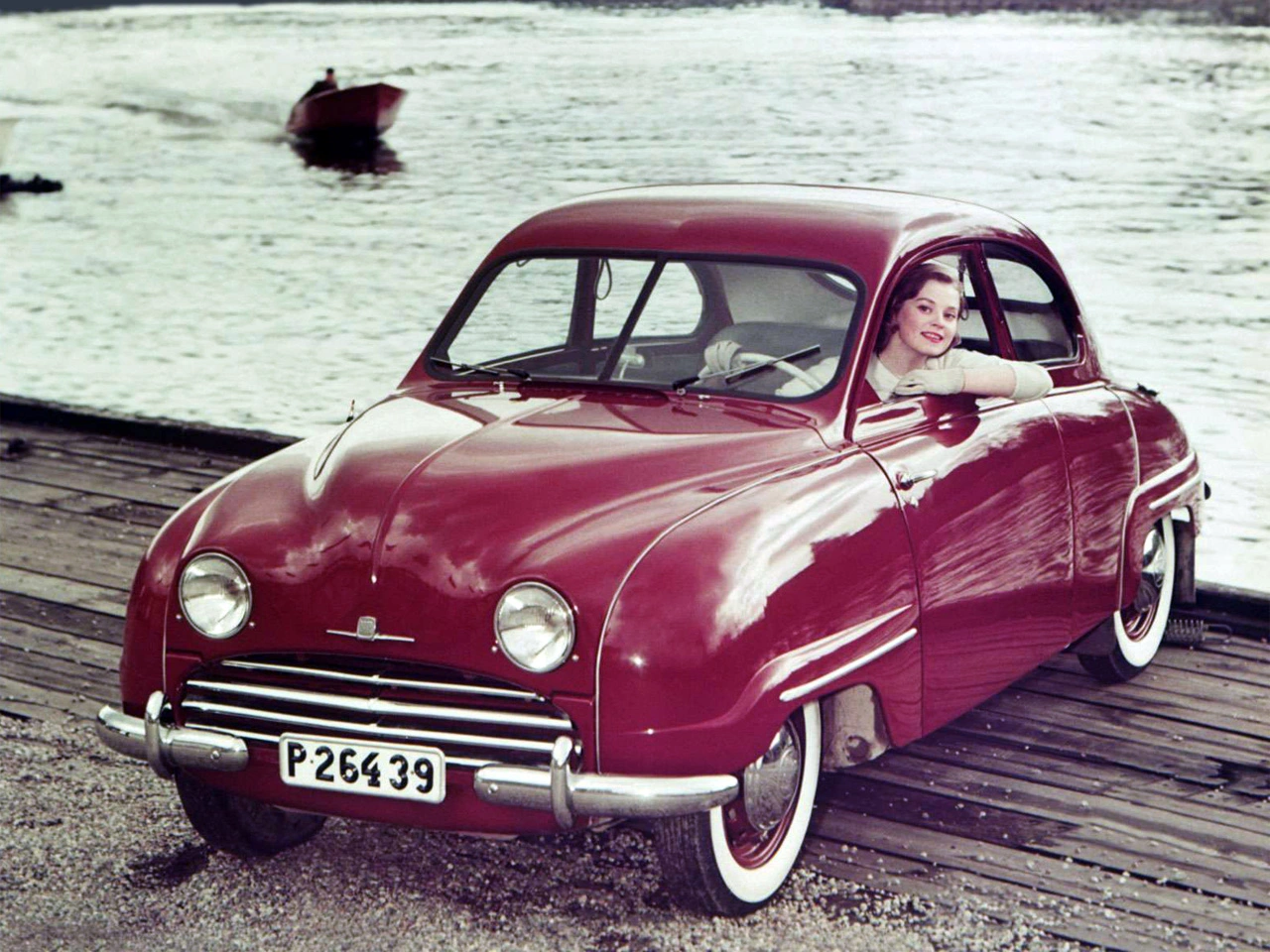The Nostalgia of Forgotten Gods: Bizzarrini, Italy, 1964-1969
03 August 2024 3 min read 9 images

Photo credit: RM Sotheby’s, Wheelsage
Giotto Bizzarrini became a brand – Bizzarrini – even before he became an engineer. In fact, the first of his cars, called simply “Macchinetta”, built with considerably avant-garde concepts in 1953, was nothing more than his degree thesis. A quick look is all it takes – only one was built and still exists – to understand that the most important thing for Bizzarrini was racing.
Register to unlock this article
Signing up is free and gives you access to hundreds of articles and additional benefits. See what’s included in your free membership. See what's included in your free membership.
Already have an account? Log In


